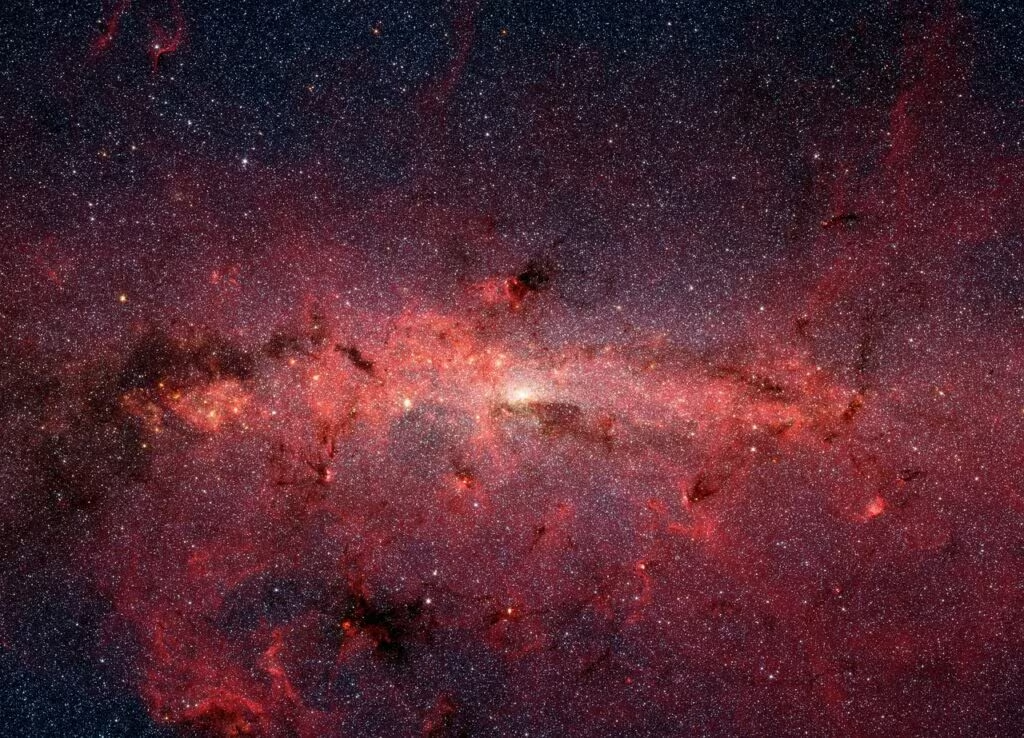Dispelling the Celestial Rumor: Why Comet 3I/ATLAS’s Color Remains Stable
In the realm of deep space observation, few events capture the public imagination like the arrival of an interstellar visitor. Comet 3I/ATLAS, only the third such object ever confirmed to pass through our solar system, has been the subject of intense scrutiny—and recent confusion. Despite widespread reports suggesting the comet had dramatically “changed color,” planetary scientists have firmly debunked this claim, asserting that the comet’s intrinsic properties remain consistent.
The perceived shift in appearance was likely a result of changing observational conditions, specifically the evolving ratio of dust and gas in the comet’s coma, rather than any fundamental alteration of the object itself. For astronomers, this clarification is essential to maintaining accurate data on these rare celestial transients.
A Rare Interstellar Guest: The Significance of 3I/ATLAS
Comet 3I/ATLAS is designated as an interstellar object, meaning it originated outside our solar system, having been gravitationally ejected from another star system long ago. Its discovery placed it in an exclusive club, following only the asteroid-like object ‘Oumuamua (1I/‘Oumuamua) and the second interstellar comet, 2I/Borisov.
Its trajectory confirms its non-solar origin, offering a unique opportunity to study pristine material from a distant stellar neighborhood. This rarity is precisely why the scientific community monitors 3I/ATLAS so closely, using sophisticated instruments to analyze its composition.

The Challenge of Cometary Observation
Comets are notoriously dynamic and challenging to observe. As they approach the Sun, solar radiation causes volatile materials—ices, frozen gases, and dust—to sublimate, forming the vast, glowing coma (the head) and the characteristic tail. The appearance of the coma is highly dependent on several fluctuating factors:
- Distance from the Sun: Affects the rate of sublimation and the amount of material released.
- Viewing Geometry: The angle at which Earth observers view the comet relative to the Sun and the comet’s tail.
- Dust-to-Gas Ratio: The relative amounts of reflective dust versus fluorescing gas (like cyanogen or diatomic carbon) determine the overall color and brightness.
The Scientific Explanation: Why the Comet Appeared to Change
The narrative of a “color change” often arises from misinterpretation of photometric data or visual observations made by amateur astronomers using different filters or equipment. Scientists specializing in cometary dynamics confirm that the underlying material of 3I/ATLAS has not undergone a rapid, fundamental chemical transformation.
According to analysis, the apparent shifts in color indices were likely driven by changes in the dust-to-gas ratio within the coma as the comet warmed up.
“The intrinsic color of the nucleus and the underlying composition of the dust have remained stable,” explained one planetary scientist involved in the observation efforts. “What we are seeing is a change in the relative contribution of the gas emission versus the reflected sunlight from the dust.”
When a comet is far from the Sun, its light is primarily reflected sunlight off its dust particles, giving it a reddish or neutral hue. As it gets closer, the volatile gases begin to fluoresce strongly under solar UV radiation. Gases like diatomic carbon ($ ext{C}_2$) emit light predominantly in the green-blue spectrum.
Photometry and Spectral Analysis
Astronomers use precise techniques like photometry (measuring light intensity through specific filters) and spectral analysis (breaking down light into its component wavelengths) to determine a comet’s true characteristics. The scientific consensus, based on these rigorous measurements, is clear:
- Stable Composition: Spectral data confirms the presence of standard cometary volatiles, consistent with its initial observation.
- Filter Effects: Different telescopes or amateur setups use varying filters (e.g., R, G, B bands), which can emphasize different wavelengths, leading to a perceived color variation when comparing images from disparate sources.
- Increased Gas Emission: As 3I/ATLAS approached perihelion (its closest point to the Sun), the increased sublimation of ice led to a stronger emission of green-blue light from fluorescing gases, which temporarily dominated the reflected light from the dust. This made the comet appear greener or bluer, but this is a temporary, expected phenomenon, not a permanent chemical change.

Contextualizing the Interstellar Journey
The focus on 3I/ATLAS is not just about its color, but about understanding the building blocks of other star systems. Interstellar objects act as natural probes, carrying material from their home systems directly to us.
Key Differences from Solar System Comets:
- Velocity: 3I/ATLAS moves at a hyperbolic velocity, meaning its speed is too great for the Sun’s gravity to capture it; it will leave the solar system permanently.
- Compositional Clues: Scientists compare its volatile content (like water, carbon monoxide, and various hydrocarbons) to that of comets formed in the Sun’s Oort Cloud. Any significant differences provide critical insight into the conditions of its birthplace.
While 3I/ATLAS may have exhibited a temporary visual shift toward the green spectrum due to gas emission—a common cometary behavior—it did not undergo the kind of dramatic, intrinsic “color change” that some reports suggested. The scientific data confirms that the comet is behaving exactly as a volatile, icy body from another star system should, offering invaluable data before it departs our cosmic neighborhood.
Key Takeaways for the Public
For those following the journey of this extraordinary object, here are the essential facts confirmed by planetary scientists:
- No Intrinsic Change: Comet 3I/ATLAS has not fundamentally changed its chemical composition or color.
- Appearance is Dynamic: The perceived color shift was due to the changing dust-to-gas ratio in the coma as the comet neared the Sun.
- Gas Fluorescence: Increased solar heating caused volatile gases (like diatomic carbon) to fluoresce, temporarily intensifying the natural green-blue light emission.
- Rarity: 3I/ATLAS remains only the third confirmed interstellar object, making its observation crucial for comparative planetology.

What’s Next for Interstellar Object Tracking
As 3I/ATLAS continues its outbound journey, observations will focus on how quickly its activity diminishes as it moves away from the Sun. The data collected will be added to the growing catalog of interstellar objects, helping refine models of planetary formation and stellar system dynamics across the galaxy. The experience gained from tracking 3I/ATLAS reinforces the need for standardized, rigorous observation methods to avoid misinterpretation of these highly dynamic and scientifically precious phenomena.
Original author: Brett Tingley
Originally published: November 7, 2025
Editorial note: Our team reviewed and enhanced this coverage with AI-assisted tools and human editing to add helpful context while preserving verified facts and quotations from the original source.
We encourage you to consult the publisher above for the complete report and to reach out if you spot inaccuracies or compliance concerns.

